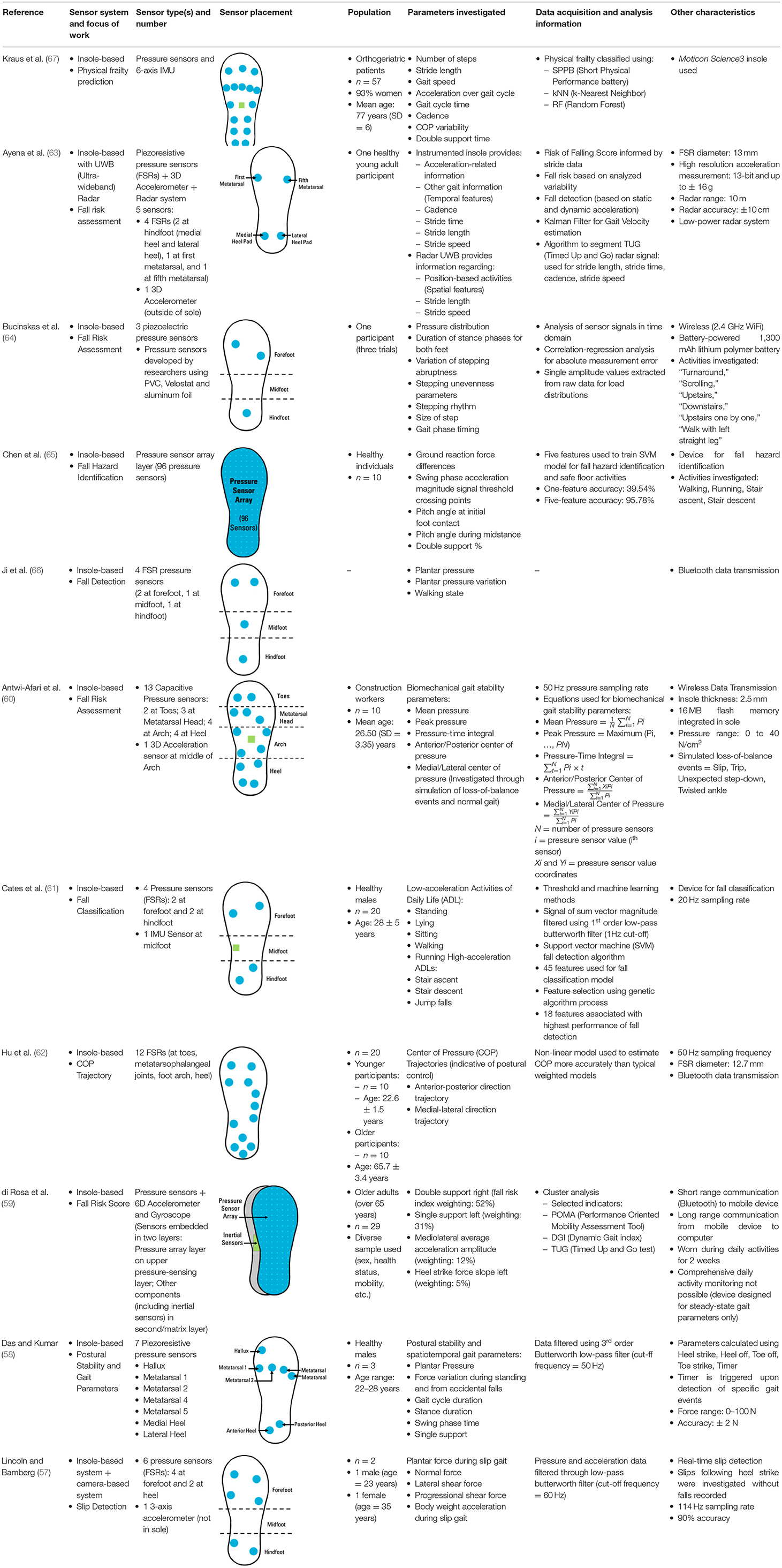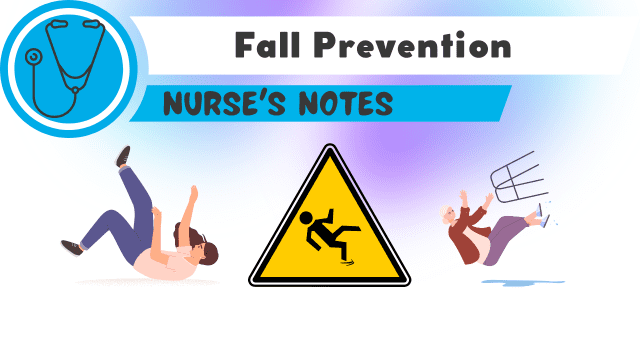The Facts About Dementia Fall Risk Uncovered
The Facts About Dementia Fall Risk Uncovered
Blog Article
The Dementia Fall Risk Ideas
Table of ContentsIndicators on Dementia Fall Risk You Need To KnowDementia Fall Risk Can Be Fun For AnyoneExamine This Report on Dementia Fall RiskThe Dementia Fall Risk Ideas
An autumn risk evaluation checks to see how most likely it is that you will certainly fall. It is primarily done for older adults. The analysis normally includes: This consists of a series of concerns about your total health and wellness and if you've had previous drops or problems with balance, standing, and/or strolling. These tools test your stamina, balance, and stride (the way you stroll).Treatments are suggestions that may reduce your risk of falling. STEADI includes three actions: you for your threat of dropping for your threat variables that can be enhanced to try to stop falls (for example, balance issues, impaired vision) to minimize your threat of dropping by making use of effective strategies (for instance, giving education and learning and sources), you may be asked a number of questions including: Have you dropped in the previous year? Are you stressed regarding falling?
Then you'll sit down once more. Your provider will check for how long it takes you to do this. If it takes you 12 seconds or more, it might indicate you are at greater danger for a fall. This examination checks toughness and balance. You'll rest in a chair with your arms went across over your breast.
The settings will certainly obtain tougher as you go. Stand with your feet side-by-side. Move one foot midway ahead, so the instep is touching the big toe of your various other foot. Move one foot totally in front of the other, so the toes are touching the heel of your various other foot.
Some Known Facts About Dementia Fall Risk.
Most drops take place as an outcome of numerous contributing elements; for that reason, handling the risk of falling starts with determining the elements that add to fall risk - Dementia Fall Risk. Several of one of the most appropriate threat variables include: History of previous fallsChronic medical conditionsAcute illnessImpaired stride and equilibrium, lower extremity weaknessCognitive impairmentChanges in visionCertain high-risk drugs and polypharmacyEnvironmental elements can additionally boost the risk for drops, consisting of: Insufficient lightingUneven or damaged flooringWet or slippery floorsMissing or damaged hand rails and grab barsDamaged or poorly equipped equipment, such as beds, mobility devices, or walkersImproper usage of assistive devicesInadequate supervision of the individuals residing in the NF, including those that display hostile behaviorsA effective loss risk monitoring program needs an extensive clinical assessment, with input from all participants of the interdisciplinary group

The treatment strategy must additionally consist of treatments that are system-based, such as those that advertise a safe setting (proper lights, hand rails, get hold of bars, and so on). The effectiveness of the interventions should be evaluated periodically, and the treatment plan modified as needed to show modifications in the autumn danger evaluation. Executing an autumn danger administration system making use of evidence-based best practice can reduce the occurrence of drops in the NF, while limiting the potential for fall-related injuries.
Dementia Fall Risk Things To Know Before You Buy
The AGS/BGS standard suggests evaluating all grownups matured 65 years and older for fall threat yearly. This screening contains asking individuals whether they have actually fallen 2 or even more times in the past year or sought medical focus index for a fall, or, if they have actually not fallen, whether they really feel unsteady when strolling.
Individuals who have actually fallen when without injury should have their balance and stride examined; those with stride or balance problems must obtain additional analysis. A history of 1 fall without injury and without stride or equilibrium problems does not necessitate further assessment beyond ongoing annual fall danger testing. Dementia Fall Risk. A fall risk evaluation is needed as component of the Welcome to Medicare exam

All about Dementia Fall Risk
Recording a drops history is just one of the high quality signs for fall avoidance and management. A crucial component of risk evaluation is a medication testimonial. Several courses of medications raise autumn threat (Table 2). copyright drugs in particular are independent forecasters of falls. These drugs tend to be sedating, change the sensorium, and hinder equilibrium and gait.
Postural hypotension can commonly be reduced by lowering the dose of blood pressurelowering medications and/or stopping medicines that have orthostatic hypotension as an adverse effects. Use above-the-knee assistance hose pipe and resting with the head of the bed elevated may additionally decrease postural decreases in blood stress. The preferred aspects of a fall-focused health examination are received Box 1.

A TUG time more than or equal to 12 secs suggests high fall danger. The 30-Second Chair Stand test analyzes reduced extremity strength and balance. Being not able to stand from a chair of knee height without making use of one's arms suggests enhanced loss risk. The 4-Stage Equilibrium examination analyzes static equilibrium by having the individual stand in 4 positions, each considerably more tough.
Report this page